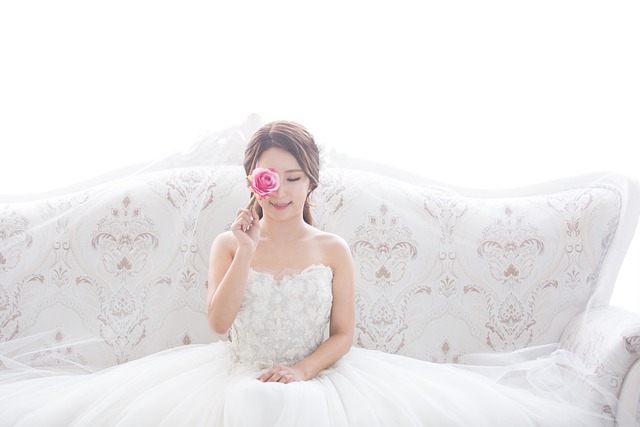Wedding photography is more than just capturing moments; it’s about crafting visual stories that resonate with emotion and significance. The art of composition plays a crucial role in how we perceive these special occasions through wedding photos. In this journey, understanding optics and camera techniques is key to mastering this art form.
Every wedding photo tells a story, and the way you frame that story can evoke a range of emotions. The composition involves arranging elements within your frame to guide the viewer’s eye and create a powerful narrative. This is where optics come into play. The lens you choose can significantly alter the feel of your images. For instance, using a wide-angle lens can help capture the expansive atmosphere of a venue, while a prime lens with a shallow depth of field can isolate your subjects beautifully, allowing them to shine amidst the chaos of a celebration.
When perfecting your wedding photography skills, consider the principles of composition such as the rule of thirds, leading lines, and symmetry. The rule of thirds encourages you to position your subjects along imaginary lines to create balance and interest. Leading lines can draw attention to key moments, like the wedding couple’s first dance or the joyful expressions of the guests. Symmetry brings harmony, making your wedding photos visually appealing and memorable.
Lighting is another essential factor in composition. The best wedding photos often have a soft, natural glow that captures the true emotion of the day. Utilizing the golden hour—the hour after sunrise or before sunset—can add a magical quality to your images. Additionally, don’t shy away from challenging light situations. Sometimes, using flash can create stunning effects, illuminating your subjects and making them stand out against a beautifully blurred background.
Beyond technical skills, it’s important to cultivate your eye for moments that matter. Being present and attuned to the emotions of the day will lead you to those fleeting candid shots that truly capture the essence of a wedding. Look out for the little details—a loving glance, a tear of joy, or a shared laugh—which are just as important as the formal portraits.
The equipment you use can also affect your photography style. While many photographers have a favorite camera body, investing in quality lenses can be just as vital. A versatile zoom lens can get you through various scenarios, allowing you to shoot from a distance during the ceremony and get up close during the couple’s intimate moments. Understanding how to manipulate focus and exposure settings can further enhance your ability to create aesthetically pleasing wedding photos.
Finally, post-processing can elevate your wedding photography to a professional level. Editing should enhance the emotions captured in your images. A cohesive color palette that ties in with the wedding theme can create a stunning visual story when looking at the album as a whole. Whether using soft pastels for a romantic feel or bold colors for a modern look, the choice is yours.
Ultimately, mastering the art of wedding photography composition requires practice, patience, and a genuine passion for capturing love stories through photography. By honing your skills in optics, utilizing effective camera techniques, and being sensitive to beautiful moments, you will create timeless wedding photos that couples will cherish for a lifetime.



